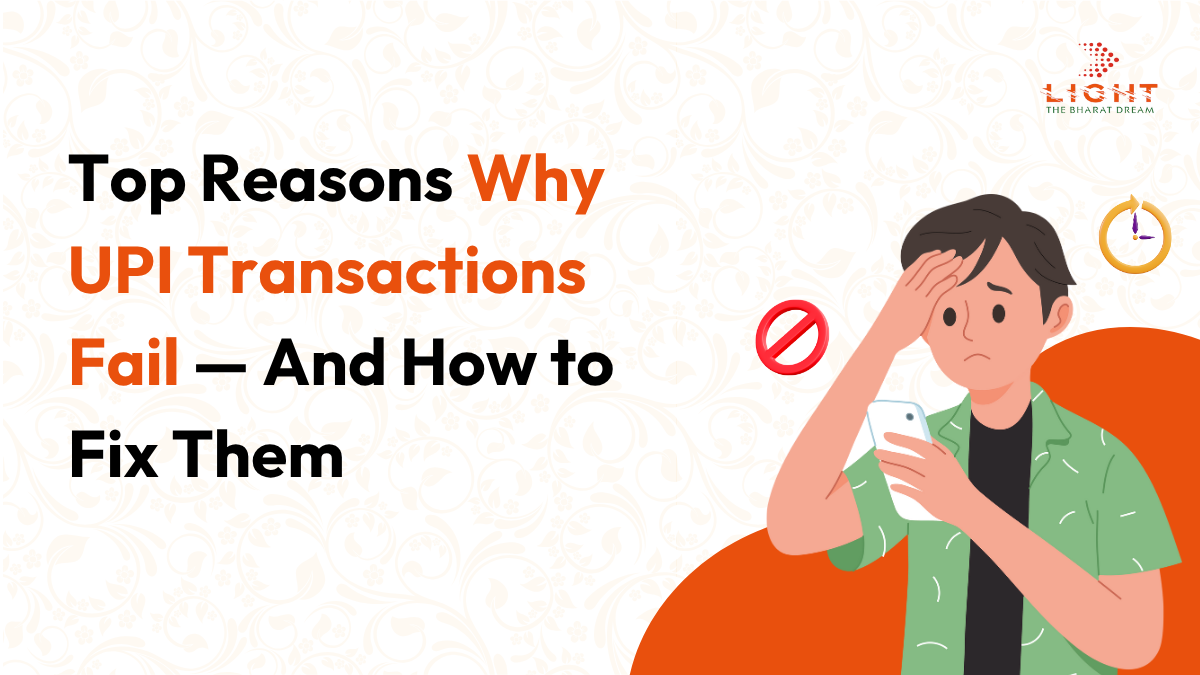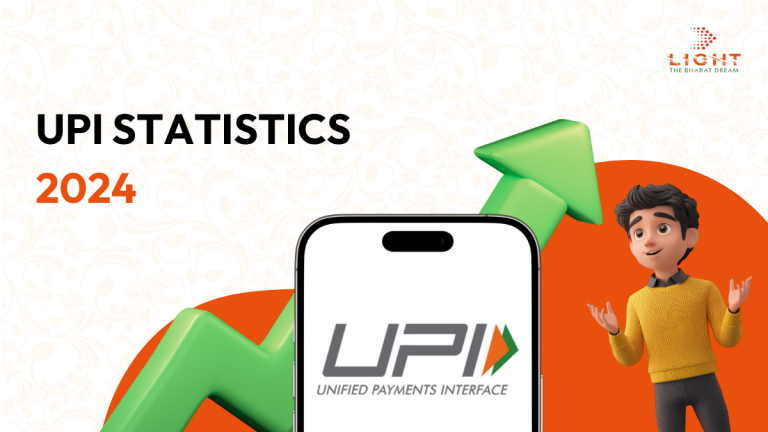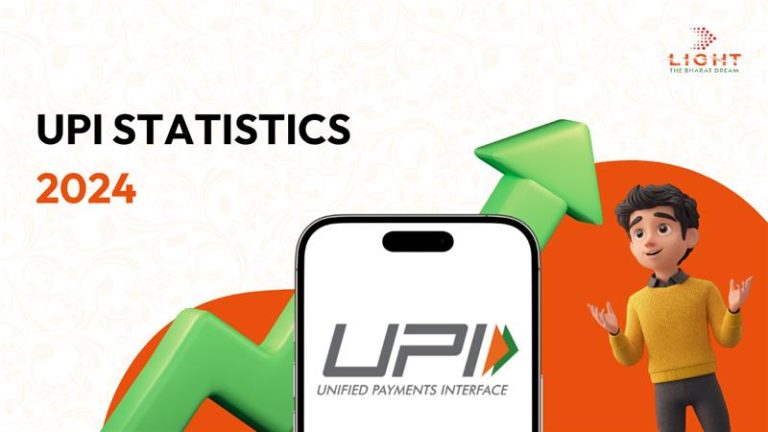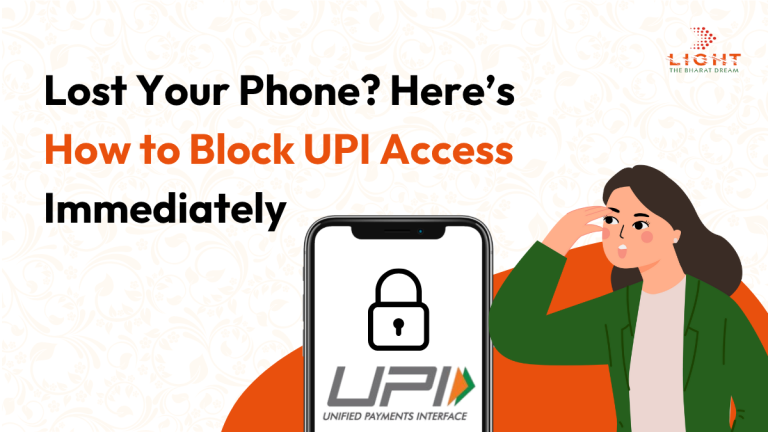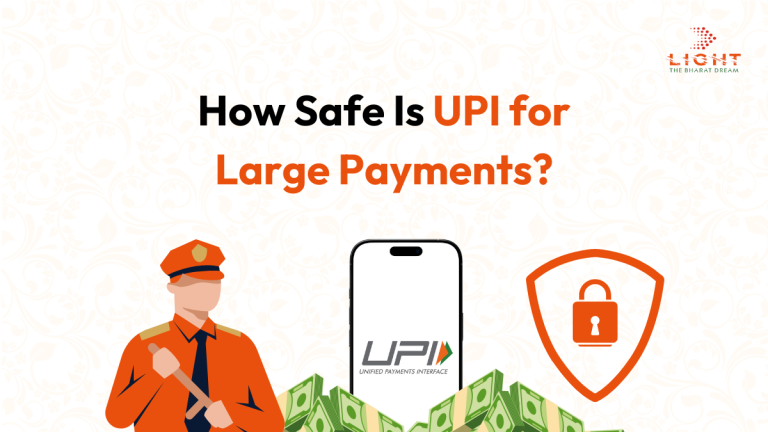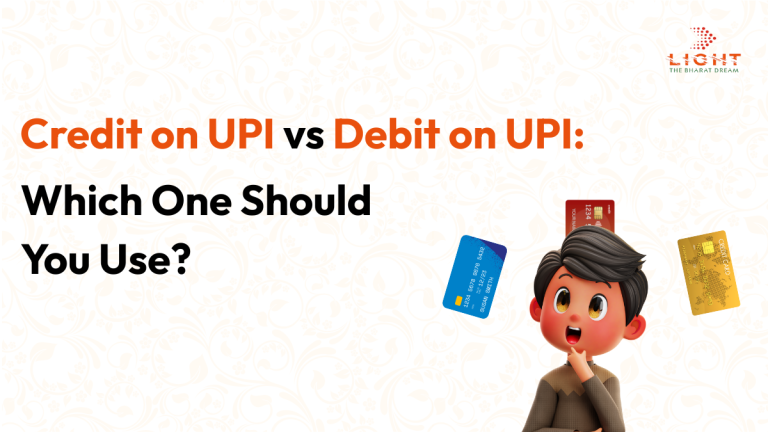Top Reasons Why UPI Transactions Fail – And How to Fix Them!
Unified Payments Interface (UPI) has revolutionized digital payments in India, allowing seamless peer-to-peer and merchant transactions directly from mobile devices. With over 10 billion transactions processed monthly in 2025, UPI is now the backbone of the Indian fintech ecosystem. However, as widespread as it is, UPI isn’t without its challenges. Users frequently encounter transaction failures, which can be confusing and frustrating—especially during urgent payments.
In this article, we explore the most common reasons why UPI transactions fail and provide detailed solutions to help you resolve or prevent such issues.
1. Incorrect UPI ID or Beneficiary Details
One of the most common reasons for failed UPI transactions is entering incorrect information—either the recipient’s UPI ID, mobile number, or bank account details. Even a minor typo can result in the payment being blocked or, worse, sent to the wrong account.
Solution:
Always verify the recipient’s details before confirming a transaction. Most apps show a preview of the name linked to the UPI ID—use this feature to double-check. It is also advisable to save frequently used recipients in your contact list within the app to avoid retyping.
2. Insufficient Account Balance
Attempting to send more money than what is available in your bank account will result in an instant transaction failure. UPI doesn’t notify the user about account balance during the transaction flow unless explicitly checked.
Solution:
Check your account balance through the UPI app before initiating high-value transactions. Most apps offer a “Check Balance” option right on the dashboard.
3. Bank Server Downtime or Technical Glitches
UPI transactions are processed through banks and NPCI infrastructure. If the issuing or receiving bank’s server is down or facing high load, the transaction may fail or remain pending. This is particularly common during weekends, month-end days, or during system upgrades.
Solution:
Retry the transaction after a few minutes. You can also attempt the transaction using a different bank account linked to your UPI ID, if available. Additionally, platforms like NPCI and the app providers occasionally post server status updates, which can be helpful in such scenarios.
4. Poor Internet Connectivity
A stable internet connection is critical for a UPI transaction to complete. Unstable or slow internet can cause timeouts or errors during authentication, especially while entering the UPI PIN or verifying bank credentials.
Solution:
Ensure you have a strong mobile data or Wi-Fi connection. Avoid transacting in areas with poor reception or while switching between networks. Restarting your device or toggling airplane mode can also help in resolving connectivity issues.
5. Entering the Wrong UPI PIN
Entering the wrong UPI PIN multiple times can lead to the transaction being blocked and your UPI credentials being temporarily disabled. This is a built-in security measure to prevent unauthorized access.
Solution:
Enter your UPI PIN carefully. If you have forgotten your PIN, use the “Forgot PIN” or “Reset UPI PIN” feature in your UPI app. You’ll need your debit card details to reset it securely.
6. Exceeding Transaction Limits
The National Payments Corporation of India (NPCI) sets a daily UPI transaction limit of ₹1 lakh, with a maximum of 20 transactions per day. However, banks and apps may impose their own stricter limits, which can vary significantly.
Solution:
Check your bank’s UPI transaction limit in your UPI app’s help section or your bank’s website. For higher-volume payments, consider using net banking, NEFT, or RTGS. You may also switch to a different bank account that hasn’t reached its daily limit.
7. Server-Side Issues or UPI Downtime
At times, large-scale outages on platforms like PhonePe, Google Pay, or Paytm affect users nationwide. These are usually due to backend infrastructure failures or overload on NPCI servers, as seen during the April and May 2025 outages that significantly disrupted service.
Solution:
If you experience multiple failures, check if others are facing similar issues by visiting your app’s official Twitter handle or checking news updates. These disruptions are usually resolved within a few hours. Avoid retrying the same payment repeatedly as this may cause delays in refunds.
8. Violation of NPCI Transaction Check Limits
Since August 2025, NPCI has implemented new restrictions on the number of balance checks and status checks a user can perform daily to prevent fraudulent activities and reduce server load. These include a cap of 50 balance inquiries, 25 bank list views, and three status checks with a mandatory 90-second gap.
Solution:
Avoid repeatedly checking your transaction status or balance, especially within a short timeframe. If your app shows a payment as “pending,” wait for a confirmation message or SMS from your bank instead of refreshing it multiple times.
9. Fraud Risk Indicators and Blacklisted Numbers
The Department of Telecommunications (DoT) and financial institutions now use risk analysis tools that may flag or block transactions from numbers suspected of fraud. If your SIM is mistakenly flagged, your transactions may fail even if all your credentials are correct.
Solution:
If you suspect your number has been flagged, contact your UPI service provider or bank immediately. You may be asked to verify your identity and submit a request for manual review. Keeping your SIM active and registered under your name helps avoid such flags.
10. UPI Not Supported on Foreign SIMs or NRE/NRO Accounts
UPI is designed for Indian residents with active Indian mobile numbers linked to domestic savings accounts. Most NRE or NRO accounts are not UPI-compatible, and foreign mobile numbers typically cannot be used for verification via SMS.
Solution:
NRIs should check with their banks about UPI availability on NRO accounts. Some banks now offer UPI access for NRIs through their Indian mobile numbers linked to NRO accounts. If you’re switching SIMs or phones, re-register your UPI app properly to restore functionality.
What to Do If Money Is Debited But Not Received
Sometimes, a UPI payment may show as failed or pending, but money gets debited from your account. This is usually due to a delay in confirmation from the beneficiary’s bank.
Solution:
In most cases, the money is auto-refunded within 2 to 3 working days. If the refund doesn’t arrive, file a complaint via the UPI app, contact your bank, or raise a dispute through NPCI’s grievance portal. Always keep screenshots and transaction IDs as proof.
Final Thoughts
While UPI is generally fast, secure, and reliable, occasional hiccups are inevitable due to the complexity of real-time banking infrastructure. Understanding the common reasons behind UPI failures allows users to take timely action and avoid repeated frustration. As UPI continues to evolve and scale, staying informed and following best practices ensures you enjoy a seamless digital payment experience.

